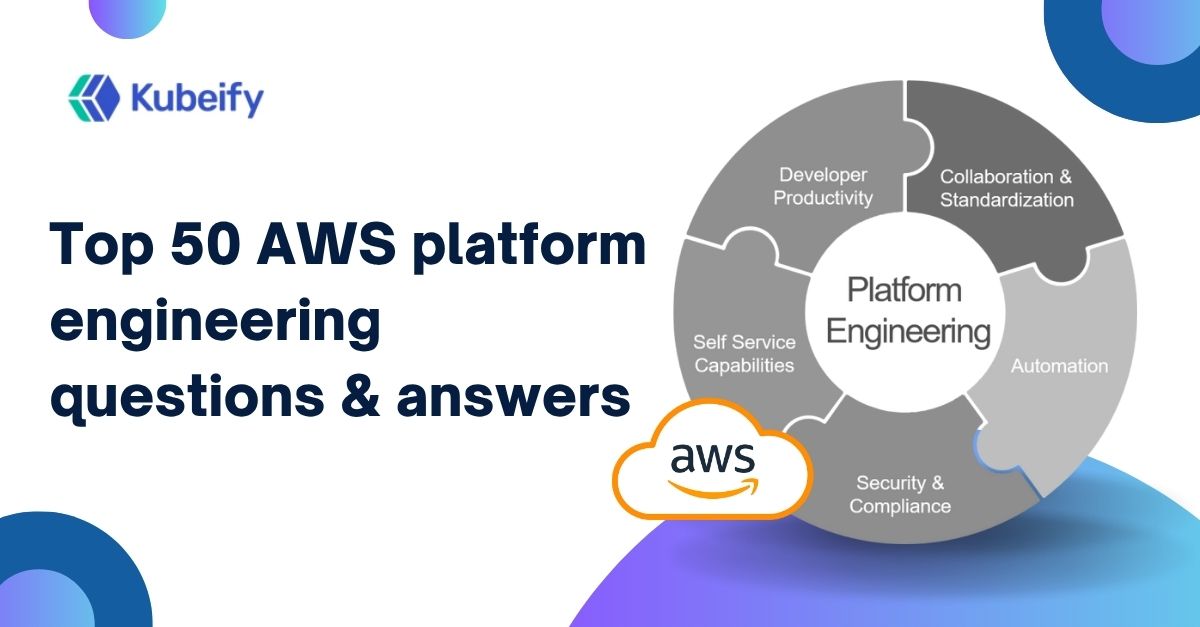AI Cloud
- Cloud Native Product Development
- Cloud Native FaaS
- Monolith to Microservices
- DevSecOps as a Service
- Kubernetes Zero Downtime

Focused on Docker, Kubernetes, GitOps, ArgoCD, Terraform, Ansible, Prometheus, Grafana, Elasticsearch, and related cloud-native tools.
ResourceQuota and LimitRange objects in namespaces; control node sizes/types via Terraform or eksctl.kubectl to inspect pod/node states, monitor network metrics in Grafana, use VPC Flow Logs, and trace traffic using AWS X-Ray or third-party tools.
Kubeify's team decrease the time it takes to adopt open source technology while enabling consistent application environments across deployments... letting our developers focus on application code while improving speed and quality of our releases.
– Yaron Oren, Founder Maverick.ai (acquired by OutboundWorks)
Let us know what you are working on?
We would help you to build a
fault tolerant, secure and scalable system over kubernetes.
